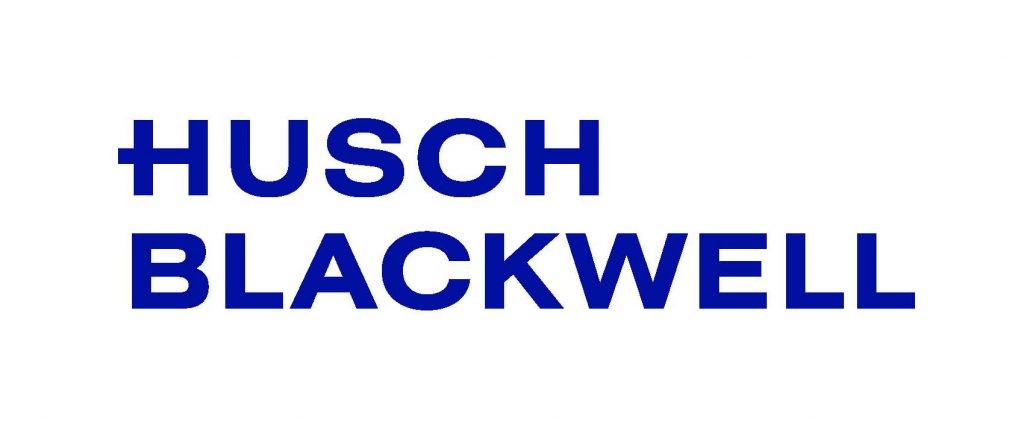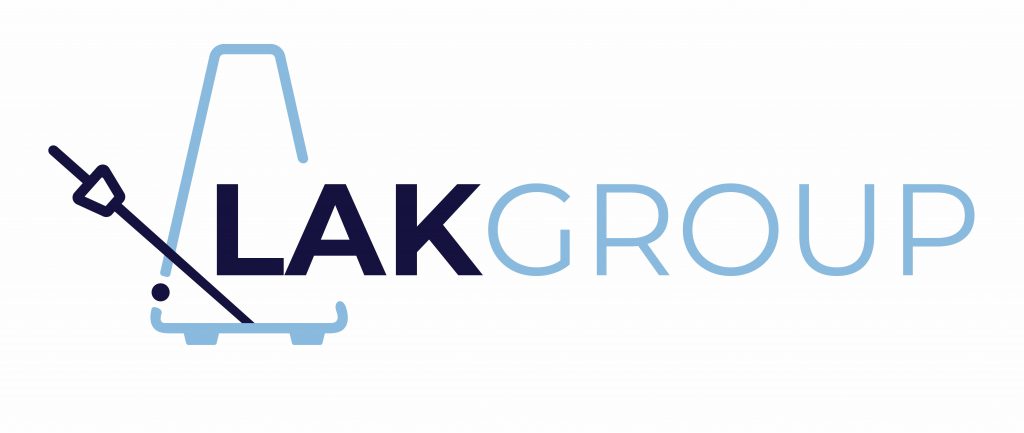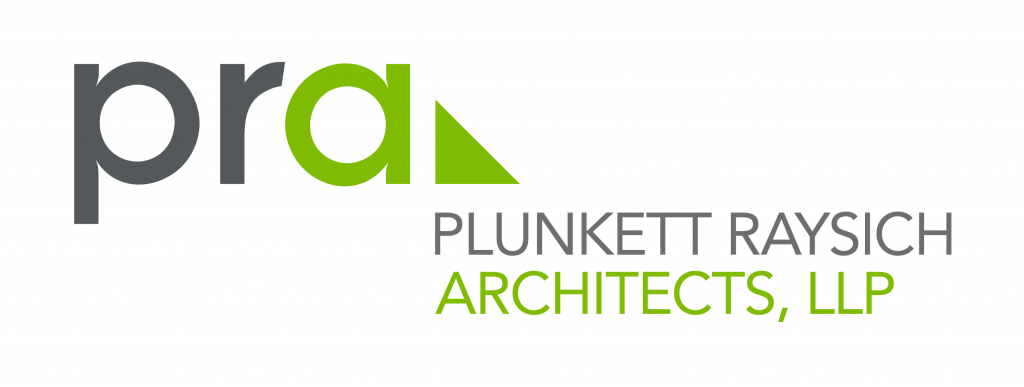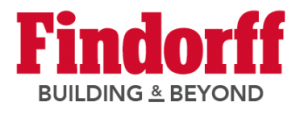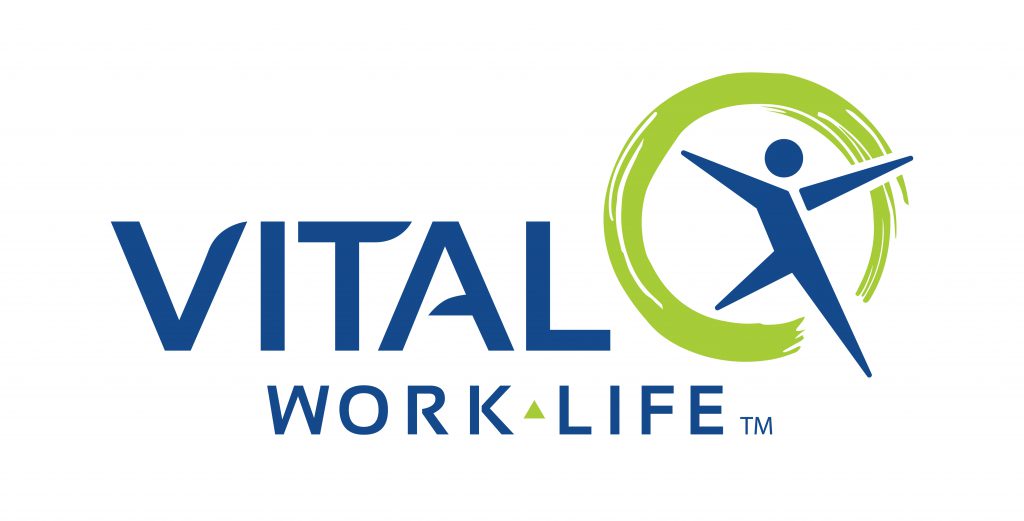Author: Tim Prince, MHA, FACHE | Senior Advisor, Strategic Project Alignment, Findorff
Threading the needle of providing high-quality care, being an exceptional place to work, managing costs, and maintaining a positive bottom line continues to be extraordinarily challenging work. Payor mix degradation, retention and recruitment challenges, and rising prices on supplies exacerbate already difficult gymnastics of keeping a hospital running.
So, should you really worry about your buildings and spaces?
Buildings, in and of themselves, are not strategies. Rather, they are tools that can be used to implement strategies. And like any tool, it needs to be the right one for the job at hand.
With all the daily operational challenges, wouldn’t it be great if your spaces worked for you and not against you?
To stay in sync with reimbursement, staffing, and procedural and technological innovations, you likely have strategies tied more and more to ambulatory services, technology enhancements, and even primary care medical home concepts. You probably also have strategies tied to efficient interventional services and an integrated continuum of care to keep patients out of the hospital.
But still, you, along with everyone, need the actual hospital.
That hospital, those spaces, need to be built well, at the greatest value cost, built to last, and built to the right purpose! We can only do that if process, efficiency, and intent of care are the core drivers of how those spaces are designed and built. We need to think about new healthcare processes and make sure our facilities support them. We need to think about advanced ways to provide care and then design the right building to support success. This kind of strategic success requires the right resources and investment — and a whole lot of preparation and planning.
The right team can help you figure out what you’re trying to accomplish with a facility investment and then make sure that investment is well managed in the process of getting the facility built.
Take the time to ensure that you know what you’re getting yourself into. Bring in experts to walk you through and manage the project process. And take time upfront to truly define what you’re trying to accomplish. Then you can launch your facility project in a way that directly aligns with your strategic and operational intent.
Findorff applies a process of Strategic Project Alignment and Target Value Delivery to help make sure you avoid the “scope of hope” and instead target a realistic project that achieves the desired operational outcome. As a starting point, ask yourself the following to help determine your project readiness:
• Do you have a project roadmap and know the key mileposts along the way?
• Do you understand the phases of project delivery and the importance of the right decisions at the beginning?
• Have you fully aligned total project costs with your budget?
• Have you considered both first-dollar and life-cycle costs?
• What is your plan to assure cost-efficient constructability of the design while also achieving flexibility for long-term adaptability?
• Is your project delivery approach compatible with your culture?
• Are you confident that you can identify the best project implementation plan for you and your project and select the best project delivery team?
• Do your leaders have the skills, experience, and time to facilitate project implementation while also staying focused on daily operations?
• Do you have a communication plan and process to coordinate, monitor, and report on progress?
A new or renovated healthcare facility project is as complicated as it is important. You know what you need the project to deliver. We know how to facilitate the process so that it can do so. Contact us with any questions — we’d love to help at any or all steps along the way.


